ITF Taekwon logo vector

- .EPS (411.24 KB)
- 719 times
logoEPS \ Free Vector Logo \ Sports \ ITF Taekwon logo vector

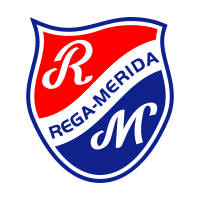 GKS Rega-Merida Trzebiatow logo vector 136
GKS Rega-Merida Trzebiatow logo vector 136 Puistolan Urheilijat logo vector 101
Puistolan Urheilijat logo vector 101 SHAQ Dunkman logo vector 688
SHAQ Dunkman logo vector 688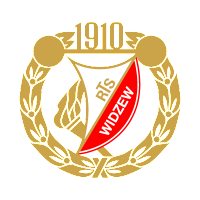 KS Widzew Lodz logo vector 154
KS Widzew Lodz logo vector 154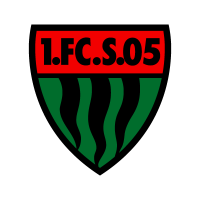 1. FC Schweinfurt 05 logo vector 99
1. FC Schweinfurt 05 logo vector 99 DSV Leoben logo vector 63
DSV Leoben logo vector 63 SSK GKS Katowice (Old) logo vector 55
SSK GKS Katowice (Old) logo vector 55 FK SIAD Most logo vector 106
FK SIAD Most logo vector 106 First Vienna FC logo vector 59
First Vienna FC logo vector 59 Wisla Plock SA logo vector 110
Wisla Plock SA logo vector 110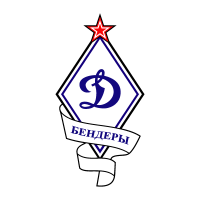 FC Dinamo Bender logo vector 110
FC Dinamo Bender logo vector 110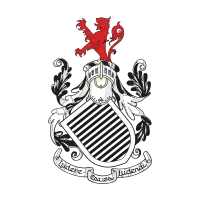 Queen’s Park F.C. logo vector 343
Queen’s Park F.C. logo vector 343 Ujpest FC logo vector 207
Ujpest FC logo vector 207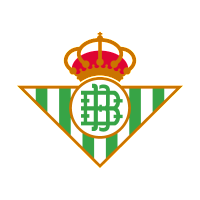 Real Betis Balompie (2011) logo vector 130
Real Betis Balompie (2011) logo vector 130 Vancouver Canucks logo vector 185
Vancouver Canucks logo vector 185Vector logo are important design elements frequently used by designers everyday. A better search engine for vector logo with a complete collection and flexible searching capabilities is not available.
Logo EPS is the world’s largest library of brand logos in vector format available to download for free. It enables you to quickly find the logo vector files you need by browsing or search through the entire collection of more than 200,000 vector logos.